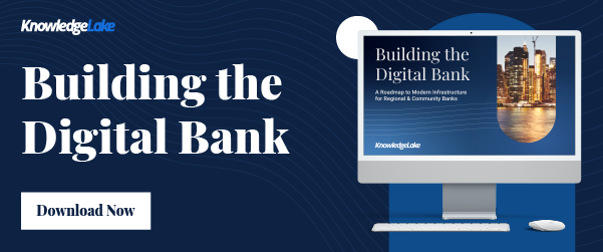Document Digitization: Turning Data Into Information and Knowledge
We often hear that companies are drowning in data but aren’t quite sure what to do about it. The first step is not only understanding the difference between “data”, “information,” and “knowledge” but also learning how document digitization can help you.
Since we often hear the words “data”, “information” and “knowledge” used interchangeably. Most people assume all three terms mean the same. But there’s a difference.
Data is unprocessed facts and figures. Data doesn’t have a positive, negative or neutral meaning because there is no interpretation or analysis attached to it. Data becomes information when you have context around it and the data processed can provide useful answers.
Knowledge is the general application of the collective data and information. Knowledge provides answers and can be used to benefit your company.
Why does this matter?
When data is coming in from different places and varied formats, it can create chaos for your company. There is a great deal of potential information waiting to be understood and organized. And it grows each day. Document digitization can help you harness all of the paper content. Once you’ve got that accomplished, you and your employees can turn digitized documents into information that can be used to fuel your business.
Watch this video to learn how KnowledgeLake’s advanced capture technology solution can help you untangle the data by implementing document digitization into your business to keep your information organized and ultimately, enable your employees to gain greater knowledge.
Ready to find out how KnowledgeLake can work for you?
Request to speak with KnowledgeLake today.

